The iPhone Air beats the Galaxy S25 Edge — but here’s how Samsung can change that with the Galaxy S26 Edge
Samsung can learn 5 things from Apple's thin phone
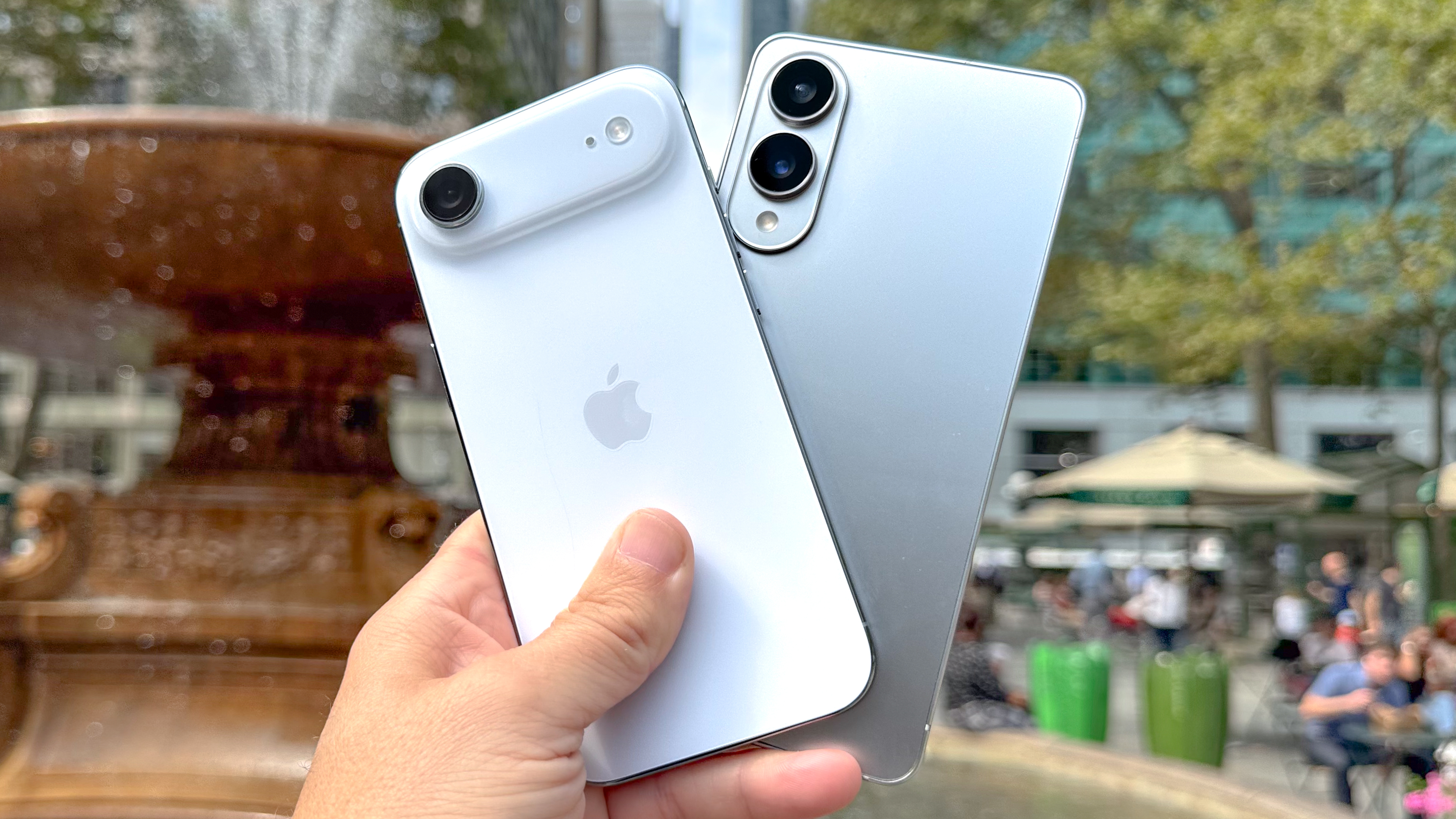
Given the solid reviews that greeted the Galaxy S25 Edge when Samsung released its ultra-thin phone earlier this year, there's a strong possibility we're going to see a follow-up device in 2026. But when it does appear, the Galaxy S26 Edge is going to have some company in the form of Apple's iPhone Air.
Apple came out with a thin phone of its own a few months after the Galaxy S25 Edge's debut, and it's safe to say that the iPhone Air didn't suffer any from arriving after Samsung's device. In fact, my colleague Mark Spoonauer gives the nod to Apple's offering in his iPhone Air vs. Samsung Galaxy S25 Edge comparison, citing the thinner sleeker design and superior performance of the former. The fact that the iPhone Air costs $100 less than the Galaxy S25 Edge probably helps, too.
Samsung may be disappointed by that conclusion, but it also presents the phone maker with an opportunity for the Galaxy S26 Edge, which could be debuting as soon as January if it's going to replace the Plus model in Samsung's flagship lineup as many expect. The Galaxy S26 Edge has the chance to turn the tables on the iPhone Air in the battle to produce the best thin phone — especially if Samsung learns from the lessons that Apple just taught it.
Focus on more than just thinness
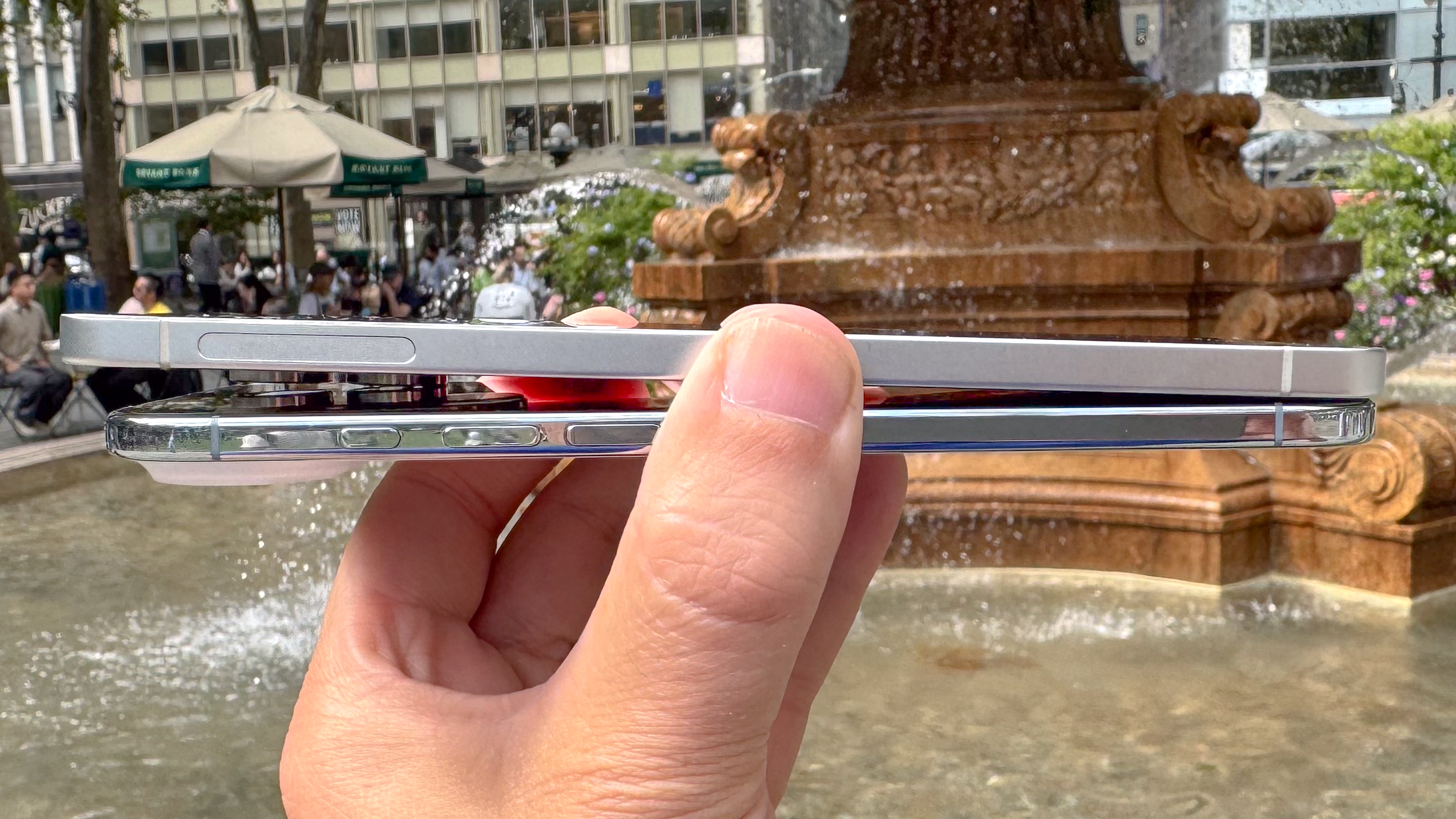
The Galaxy S25 Edge is a very thin phone, with a 5.8mm profile, though Apple manages to make the iPhone Air even thinner at 5.64mm. But that's not entirely why Apple's phone offers a superior design to the S25 Edge.
While Samsung certainly took steps to make its phone durable — Gorilla Glass Ceramic 2 covers the front display and the phone boasts an IP68 water resistance rating — the iPhone Air offers just a little bit more in this area.
Specifically, Apple uses Ceramic Shield 2 on the front of the phone while coating the back with the original Ceramic Shield. This bolsters the scratch resistance on the phone, so you can be confident your Air is going to survive the rigors of daily use. (You should still pick up one of the best iPhone Air cases, though, just like we'd recommend one of the best Galaxy S25 Edge cases for Samsung's phone.)
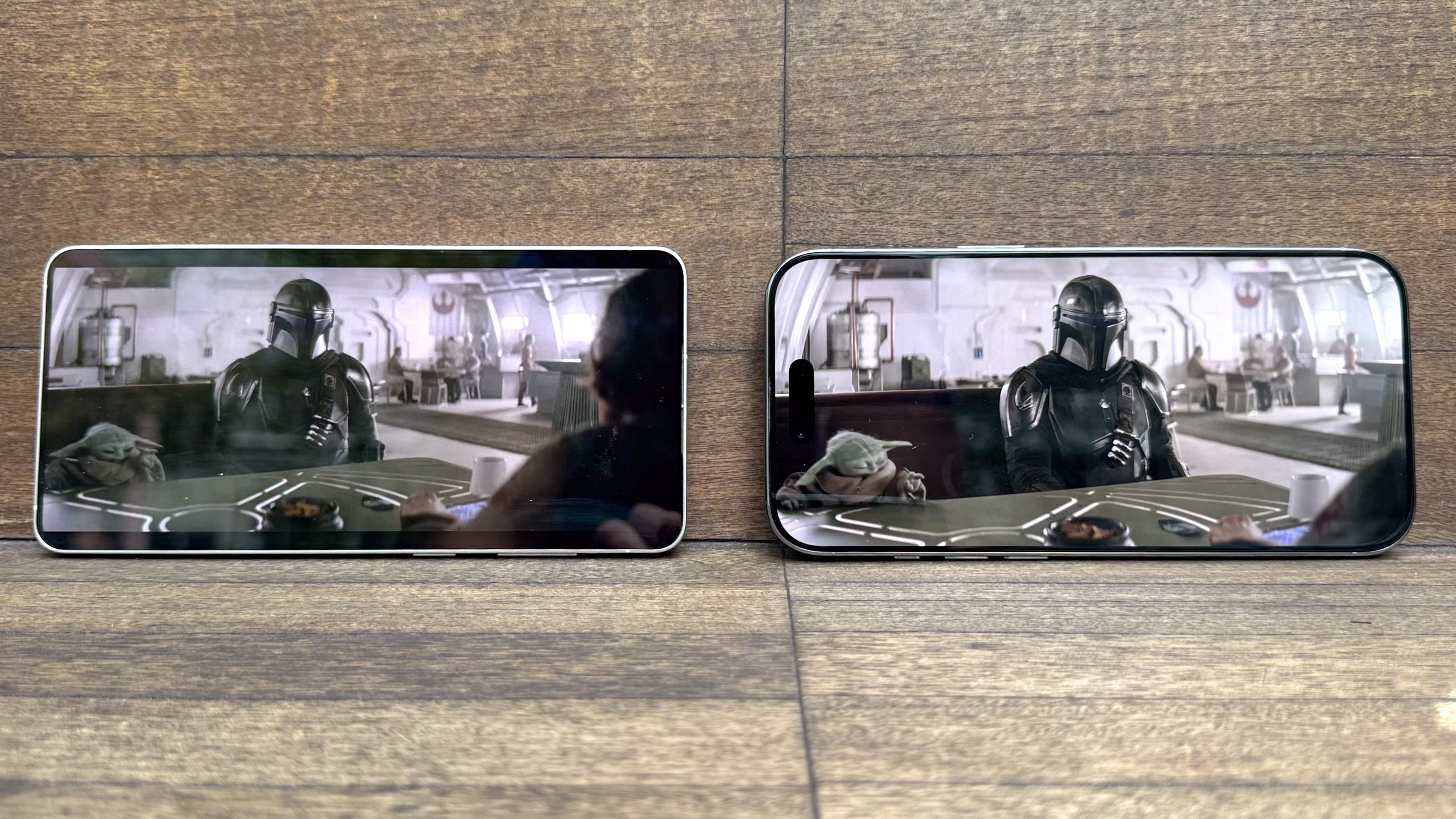
Even better, Ceramic Shield 2 features an anti-reflection layer to cut down on glare. We've certainly noticed that when watching videos on the Air and Edge when the two phones are side-by-slender-side: Images are easier to see on the iPhone's panel.
Get instant access to breaking news, the hottest reviews, great deals and helpful tips.
It appears that Samsung has grasped that it needs to do more to make its next Edge stand out. The Galaxy S26 Ultra is supposed to adapt anti-reflective glass, raising the possibility that such a feature could find its way to the Galaxy S26 Edge.
Boost those cameras
Two cameras aren't always better than one, as we found out in head-to-head testing for our iPhone Air vs. Galaxy S25 Edge comparison. Apple's phone may feature just a single 48MP rear camera, but it consistently performed better than the setup on the back of the Edge, which uses a 200MP main sensor alongside a 12MP ultrawide lens.
Yes, the Galaxy S25 Edge can capture images with a wider field of view, giving you more flexibility than the iPhone Air's camera setup. And while that 200MP sensor can capture more details, that's about where Samsung's advantages end. The iPhone Air's photos offer more realistic colors than what you get from the Galaxy S25 Edge, where a lot of images appear over-saturated. The iPhone Air's the better option in low-light situations, too.
Much of this could be improved by Samsung with tweaks to its photo-processing algorithms. But I'd also like to see the Galaxy S26 Edge increase the aperture on its main lens to let in more light. That would put Samsung's phone on more even footing with Apple when you want to shoot photos and the lights are low.
Do something about battery life
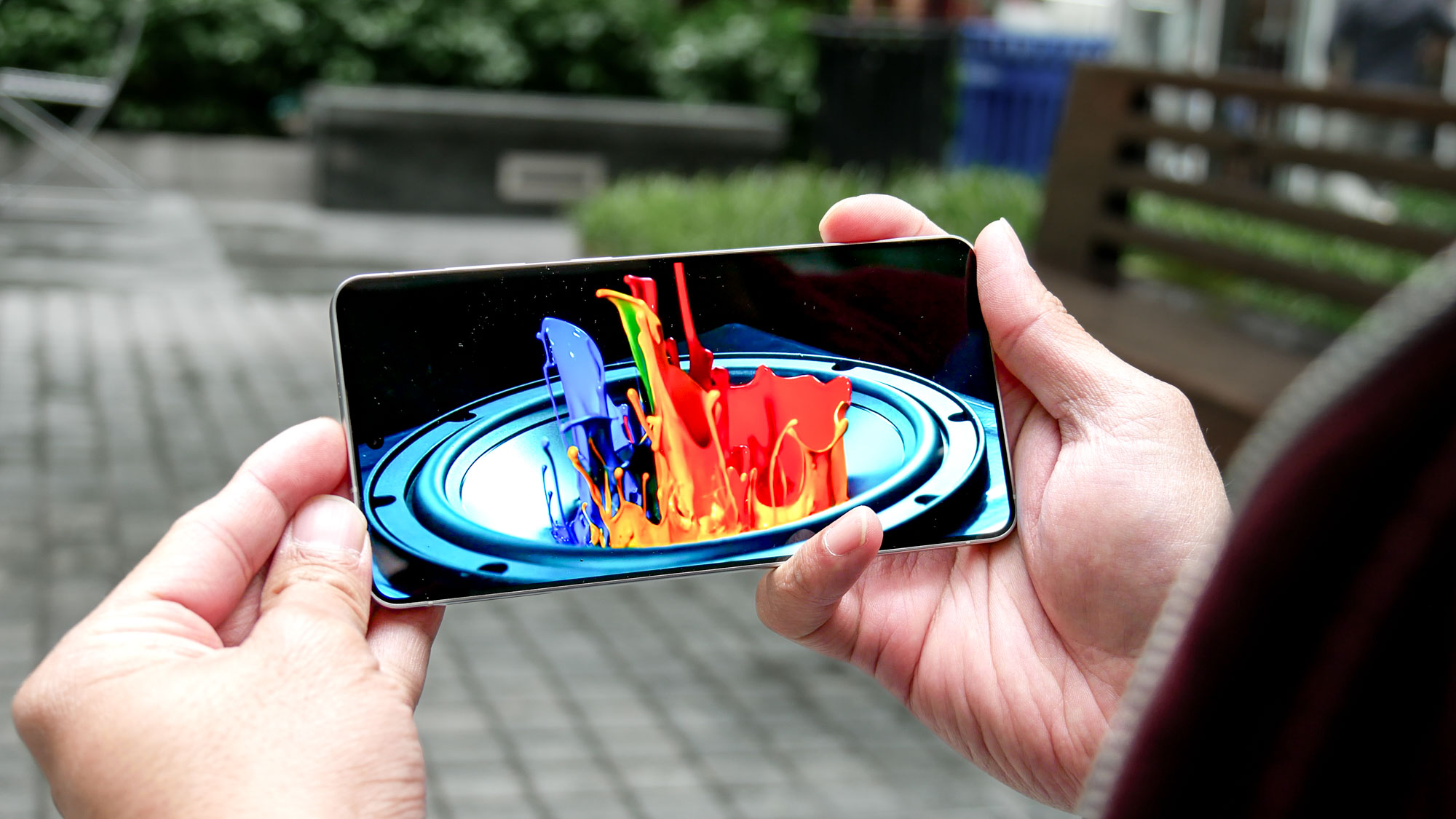
Let's give Samsung credit where it's due. Despite a thin design that doesn't leave much space for a big battery, the Galaxy S25 Edge and its 3,900 mAh power pack still produced an average time of 11 hours and 48 minutes on our battery test. That's a little bit better than the average smartphone does on our test, even if the other Galaxy S25 models last hours longer.
But Apple manages to wring more out of the battery inside the iPhone Air. Teardowns suggest that the Air relies on a 3,149 mAh cell, but the phone still topped the 12-hour mark on our battery test. Again, that trails other iPhone 17 models, but it's better than what you can expect from the S25 Edge.
| Row 0 - Cell 0 | Web surfing (Hrs: Mins) |
iPhone Air | 12:02 |
iPhone Air with MagSafe Battery | 17:15 |
Galaxy S25 Edge | 11:48 |
Outside of cameras, battery life is probably the one area people pay the most attention to when they purchase a phone. And right now, the message with Samsung's Edge model is that you're trading longevity for a thinner design. The Galaxy S26 Edge needs to make that trade-off less noticeable whether it's with a bigger battery, a more efficient chipset or some combination of those two improvements.
Take advantage of the latest Snapdragon chipset
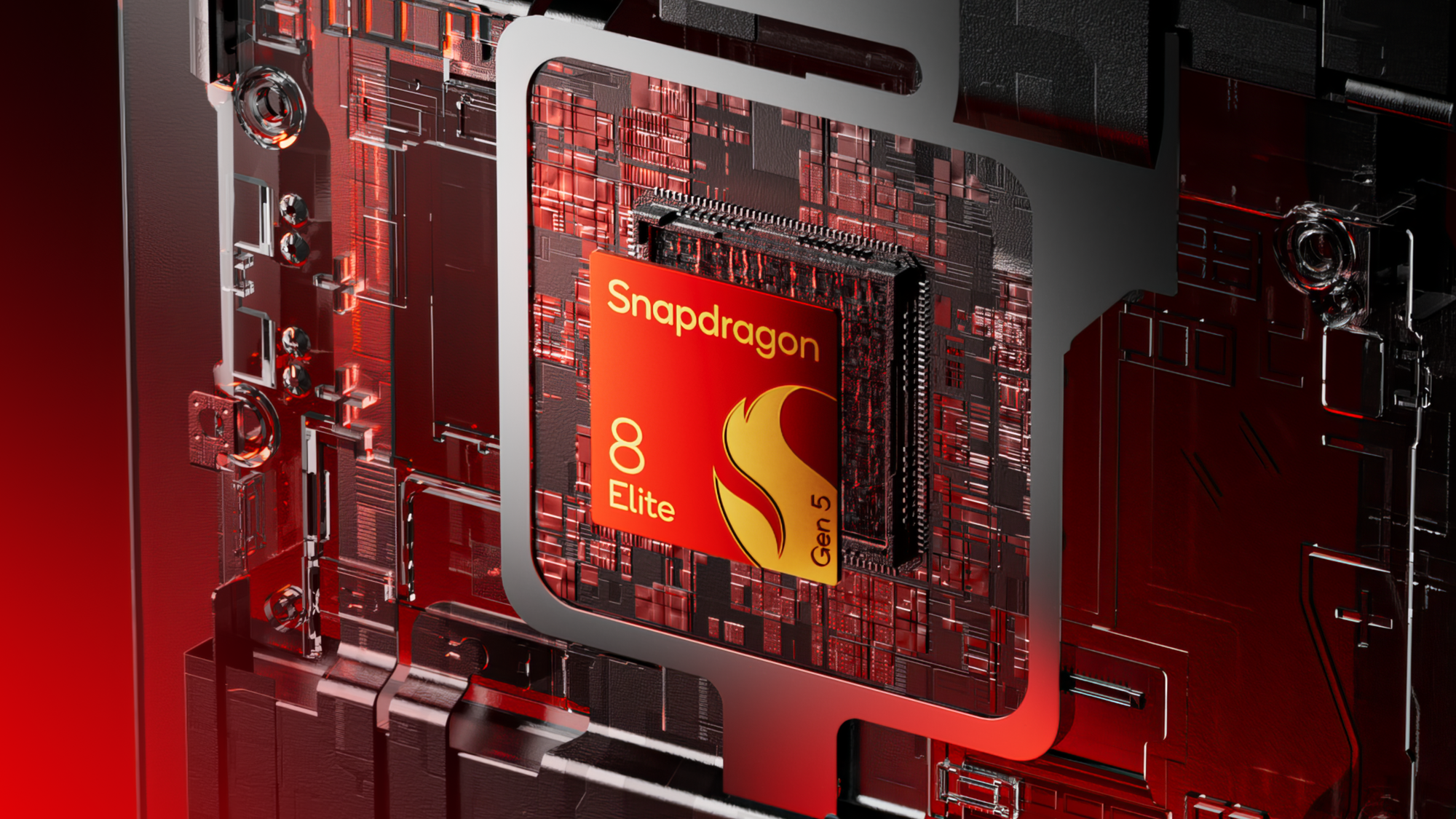
The A19 Pro inside the iPhone Air isn't the most powerful version of Apple's chip — the iPhone 17 models feature an A19 Pro variant with an extra GPU core. But the point is that Apple's flagship phones generally use comparable silicon, which is something you can't always say about Samsung.
Ahead of every Samsung phone release, some sort of Snapdragon-or-Exynos debate usually surfaces in which we're teased to the notion that Samsung might feature its own chipsets in some models. This happened with this year's foldable phone releases as the Galaxy Z Flip 7 uses an Exynos 2500 instead of the Snapdragon 8 Elite found in the Galaxy Z Fold 7, and past Galaxy S releases have featured different chips depending on where the phone ships to.
| Row 0 - Cell 0 | Chipset | Geekbench (single core/multicore) | 3DMark Solar Bay Unlimited (fps) |
iPhone Air | A19 Pro | 3,723 / 9,665 | 29.57 |
Samsung Galaxy S25 Edge | Snapdragon 8 Elite | 3,129 / 9,916 | 39.26 |
Qualcomm Reference Device | Snapdragon 8 Elite Gen 5 | 3,832 / 12,208 | 55.31 |
Having benchmarked the Snapdragon 8 Elite Gen 5 that's likely to power most of the leading Android phones in the next year, I think Samsung would be foolish to use any silicon other than Qualcomm's latest in its upcoming phones, the Galaxy S26 Edge included. Not only does the Snapdragon 8 Elite Gen 5 figure to deliver the kind of performance that tops the A19 Pro inside Apple's premium phones, it also have a more powerful neural engine to enable the kind of AI features that give Samsung's phones a big boost over the iPhone and its fledgling Apple Intelligence tools.
Cut the price
I recognize that a $100 price gap is not huge, but the fact remains that it's still a gap. More significantly, Apple managed to price its slender phone under the psychologically significant $1,000 threshold, while you have to shell out $1,099 for a Galaxy S25 Edge. Considering how evenly these phones are matched, that price difference feels more significant.
If the Galaxy S26 Edge is supposed to take over the Plus spot in the Galaxy S26 lineup, it's even more important for Samsung to figure out a way to cut the cost on its thin phone. Remember, the Galaxy S25 Plus starts at $999 — the same price as the iPhone Air — so if its successor costs more, it's going to feel like a price hike even if we're talking about a completely different phone.
Follow Tom's Guide on Google News and add us as a preferred source to get our up-to-date news, analysis, and reviews in your feeds. Make sure to click the Follow button!
More from Tom's Guide
- Galaxy S26 — everything we know so far
- Which phone display is best? I ran 5 tests on iPhone 17 vs Galaxy S25 vs Pixel 10 Pro to find out
- I have a Samsung Galaxy S25 — these are the first 3 things I did to customize it
Philip Michaels is a Managing Editor at Tom's Guide. He's been covering personal technology since 1999 and was in the building when Steve Jobs showed off the iPhone for the first time. He's been evaluating smartphones since that first iPhone debuted in 2007, and he's been following phone carriers and smartphone plans since 2015. He has strong opinions about Apple, the Oakland Athletics, old movies and proper butchery techniques. Follow him at @PhilipMichaels.
You must confirm your public display name before commenting
Please logout and then login again, you will then be prompted to enter your display name.

